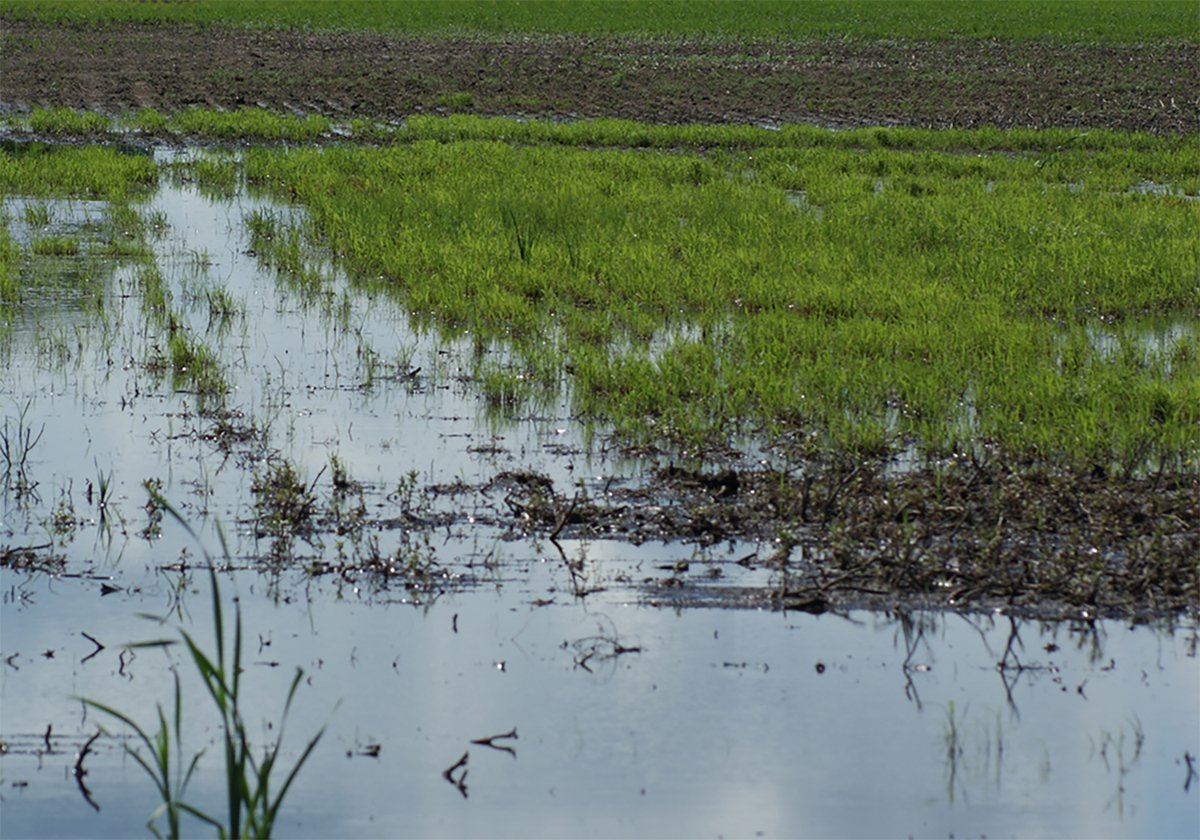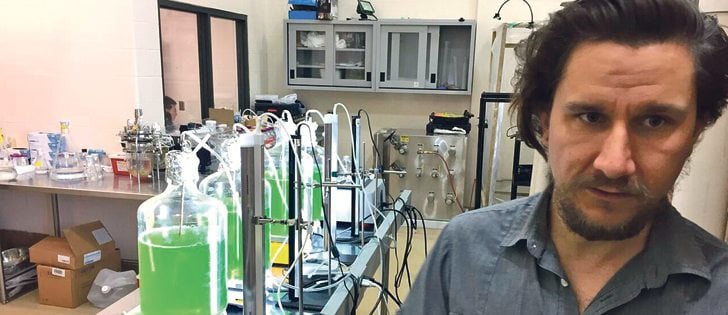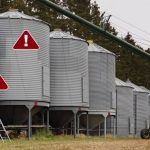It’s getting near midsummer. (Don’t be one of those drips who points out “It’s only officially been summer for a week!” They’re similar to the nimrods who ignore six weeks of sleet and snow in November and early December to declare on December 21 that winter has begun.) That has me in the mood to look back at the year so far and see where the market’s gone.
Whether it’s equities or commodities in general or crops specifically, things have gotten a lot better. The darkness of winter ended with the rallies that began in March, and even though crops have dropped and the meats have slumped, there’s a generally more happy tone in the markets.
Read Also

Topsy-turvy precipitation this year challenges crop predictions
Rainfall can vary dramatically over a short distance. Precipitation maps can’t catch all the deviations, but they do provide a broad perspective.
The optimists are all looking for the “green shoots” of spring to grow out into healthy branches, trunks and flowers. That’d be nice for us all. Let’s put Dow 6500 behind us. Many economists seem to see reasons for believing things are going to get better.
Perhaps the rainy weather outside has put me into a dark mood (although I always seem to have been pessimistic for the past couple of years) but a lot of the green shoots seem to be more like fungal growths, and the optimism the soft-headedness summer. No one wants to be the sour crabapple, so everyone’s seeing lots of light at the end of the tunnel.
Well, not everyone. Dr. Doom – Nouriel Roubini – is expecting a W-shaped economy now, a revision of his expectation of an L-shaped recovery, which was a revision of his expectation of a U-shaped recovery. His W is what most folks would call a double-dip recession, and that shape allows for this rally we’ve had in the equity markets to end soon and a slump back downwards to form the second dip of the W.
A fringe analyst I follow expects it to be more of an S-shaped market, with the S shaped like the ones the band Kiss uses: more like a lightning bolt, with the first line slashing down and the second descending line continuing downwards after a flattish middle bit. (www.kissonline.com)
Looking at weekly and monthly charts, the recent “rallies” just look like little corrections so far, so being confident about any recovery seems premature and more the product of mood than any true economic rebound.
In the present lighthearted mood, it’s hard for prognosticators to be negative. The Bank of Canada’s governor drew some negative peer pressure when he scoffed at the green shoots idea.
According to the Globe and Mail, he said that any present economic rebounding was probably due to the massive government spending around the world and there’s no real reason to see recovery yet.
That tone of thinking didn’t please one big bank economist, according to the G and M, who said: “Nobody expects policymakers to be cheerleaders, but do they have to be naysayers?”
I’m pretty happy with him calling it as he sees it and not feeling compelled to talk up the market. I’m sure a mutual fund salesman would feel differently . . .
Which all brings me back to my favorite subject of this past year, which is: are we re-living the 1970s or the 1930s? I sure hope it’s the 1970s, because those were economically better, good for grain farmers and for which I still have memories, old comic books and class photos avec bad hair and early polyester fashions. If it’s the 1930s it’s bad for all.
I think I’ll brush off all those charts I was looking at in the dark days of fall and winter and see how they fit this question. If I remember right, the 1970s had crop price spikes, slumps, spikes, slumps. Like an ongoing W. Lots of good price opportunities for farmers. If I remember right, the 1930s was like that Kiss-shaped S.
With any luck it’s neither and the green-shooters are right and we’re back to Happy Days. Then we’ll be back to looking for the V-shaped recovery and another historical period to compare with.















